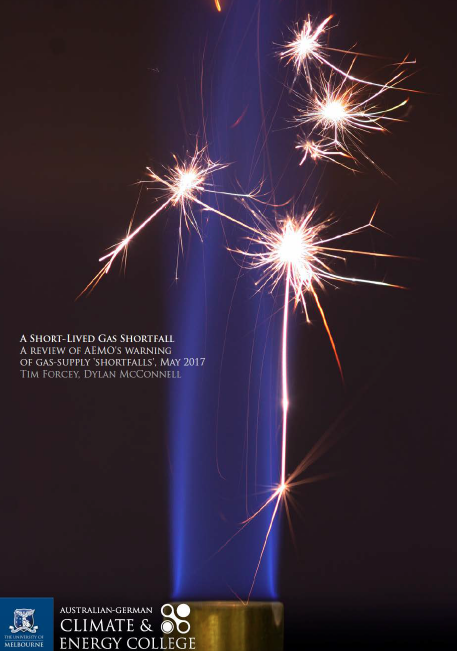A short-lived gas shortfall
Authors: Tim Forcey, Dylan McConnell
Abstract: With the publication of the 9th March 2017 Gas Statement of Opportunities (GSOO), the Australian Energy Market Operator (AEMO) cautioned that within 18 months, “shortfalls” of gas supply could lead to shortfalls in the supply of electricity generated by burning gas. AEMO suggested solutions to potential shortfalls that included the construction of new pipelines or Coal Seam Gas (CSG) fields.
Our report investigates AEMO’s gas-and-electricity-system modelling results as well as the communications that followed. We explore reasonable alternate conclusions that can be drawn by analysing AEMO’s published modelling inputs, assumptions, and results, and by contemplating future real-world events.
| Attachment | Size |
|---|---|
| 6.65 MB |
